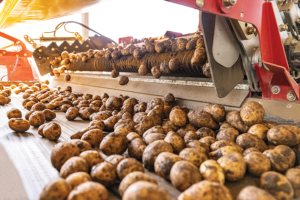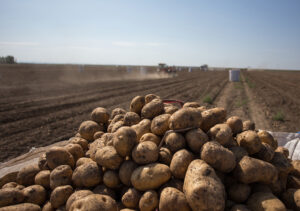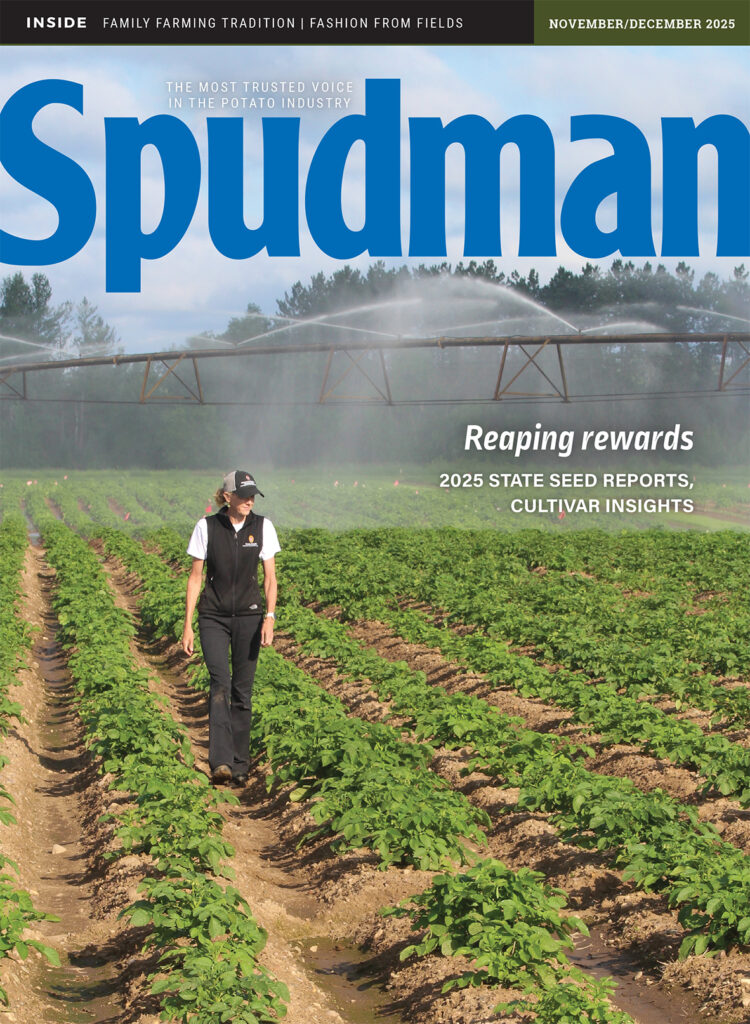
Labor logjam: Spudman survey finds frustrations
As growers continue to advocate for changes to the H-2A temporary agricultural worker program, Spudman’s 2025 Potato Industry Labor Survey mirrored the concerns cited in calls for reform.
Responses to the survey revealed frustration with rising Adverse Effect Wage Rates (AEWR) and cumbersome program requirements.
“Legal process makes no sense at all!” one survey respondent wrote in response to a question probing H-2A program use, describing the process as time-consuming and wages as too high. The program, the respondent wrote, is “a runaway train not slowing down.”
In late February, agricultural producers shared similar thoughts with the Senate Agriculture Committee, with Colorado Sen. Michael Bennet imploring his colleagues to help spur H-2A reform efforts.
 COST CONCERNS
COST CONCERNS
Program workers must be paid the highest of three wages: the AEWR, the federal or state minimum wage, or the “prevailing wage,” ordinarily the local median wage for a particular job. AEWR is the regional weighted average hourly wage rate for field and livestock workers combined as measured by the USDA’s annual Farm Labor Survey of nonsupervisory farm workers.
Hourly rates for workers performing agricultural labor from sorting to packaging to operating equipment vary by state. As of December 2024, top rates in the nation’s leading potato-producing states included $19.82 in Oregon and Washington and $19.97 in California. On the lower end of the scale, workers made $16.83 per hour in Idaho and Montana.
Spudman found the program has an impact on potato growers across the country, with 42.5% of survey respondents reporting using H-2A labor. Of those, 23.5% reported turning to an outside company to handle program recruiting/management, while more than 69% would consider outsourcing the entire process.
“We hate it but have no choice other than to use it,” a respondent wrote. “It makes all of our other labor much more expensive. In many cases it makes hiring short-term seasonal labor impractical because we have to pay untrained high school kids the same rate we pay experienced H2 workers. The way the law is structured, it is detrimental to our local economy.”
Other respondents called for a year-round worker program and a streamlined application process.
“Regulations are important, but many we have to deal with are written by people with no practical experience, nor with any understanding of family farms,” wrote one.
Overall, Spudman survey respondents reported having sufficient labor, with 77.5% saying they had enough labor in 2024. Those who did not have enough labor reported that less than 10% of their crops went unharvested.
IMMIGRATION IMPACT
Immigration issues tangentially affect labor, with ripple effects impacting the labor pool and, in some cases, creating more legal hurdles for growers.
President Donald Trump’s administration has prioritized arresting, detaining and deporting undocumented immigrants, though Trump floated a vague plan in mid-April that would allow undocumented people working on farms and in hotels to leave the country and return as legal workers if their employers vouched for them.
The majority of Spudman survey respondents — more than 80% — had not seen any effects of increased immigration enforcement in 2025.
About 40% of U.S. crop farmworkers are undocumented, according to the Agriculture Department.
A Trump administration policy recently upheld by a federal judge requires people in the country illegally to register with the Department of Homeland Security using an app dubbed “CBP Home” or face criminal charges and fines.
 SEARCH FOR SOLUTIONS
SEARCH FOR SOLUTIONS
The answer for the majority of Spudman survey respondents facing labor challenges was clear: Nearly two-thirds said they plan to use automation to address any labor shortages.
Of those turning to automation, the vast majority (87%) planned to automize grading, followed by watering/ irrigation management (48%) and harvesting (39%).
“We have bought two robotic sprayers recently because we struggle to find enough workers to meet our demand and because of (the) significantly higher cost of labor,” one respondent wrote. Another grower vowed to automate “everything we can, and that we can afford.”
Self-sufficiency ranked as the second-most popular solution, with nearly 26% of respondents prepared to deal with shortages themselves. Others planned to hire more workers (H-2A or local), while others contemplated investing in equipment upgrades or potentially diversifying.
A small number (8.6%) planned to cut acreage.
“Reduce any future growth and training investment, and struggle through; diversifying where we can,” wrote one respondent, while another resolved to seek out “whatever is available to reduce the cost of labor.”














